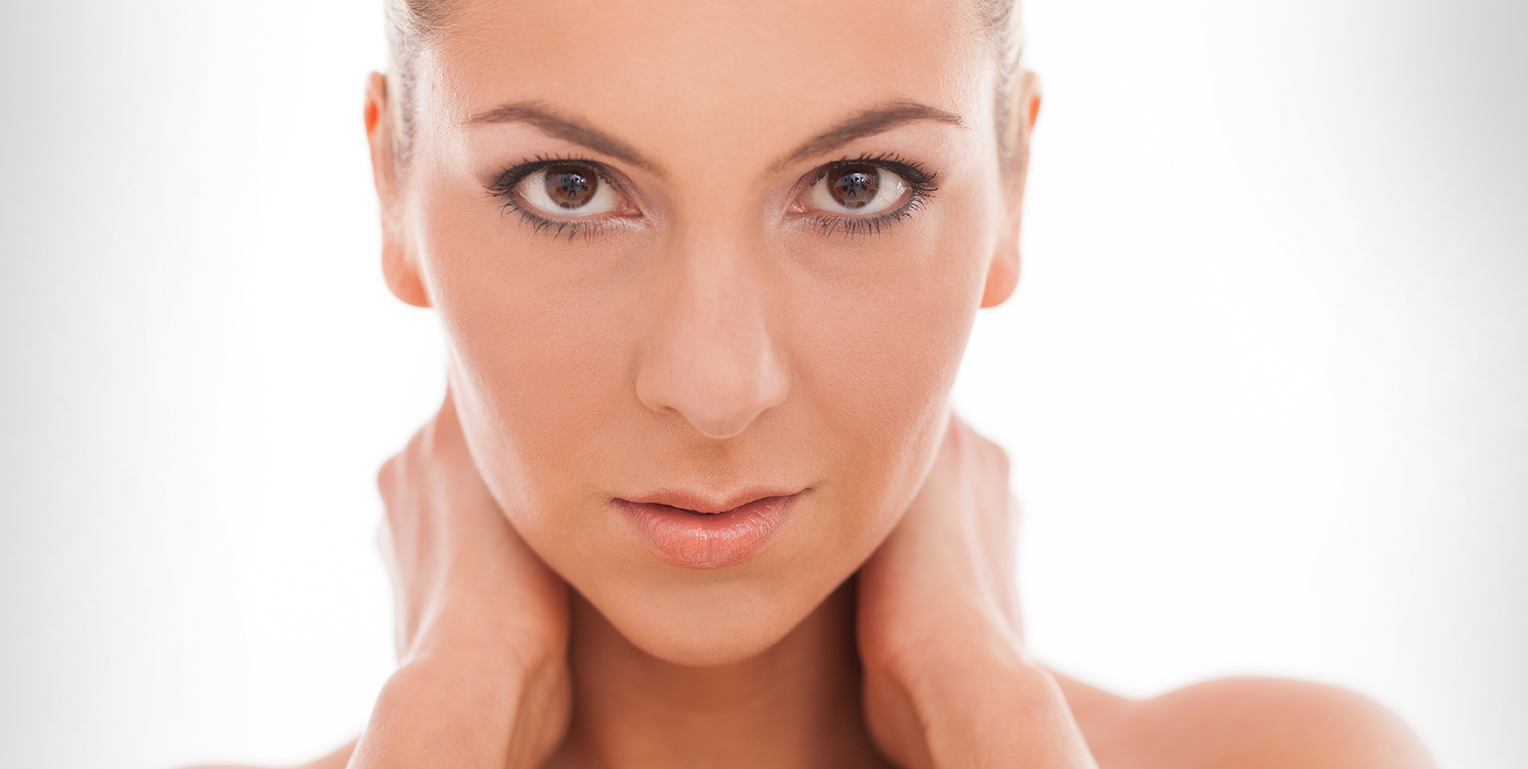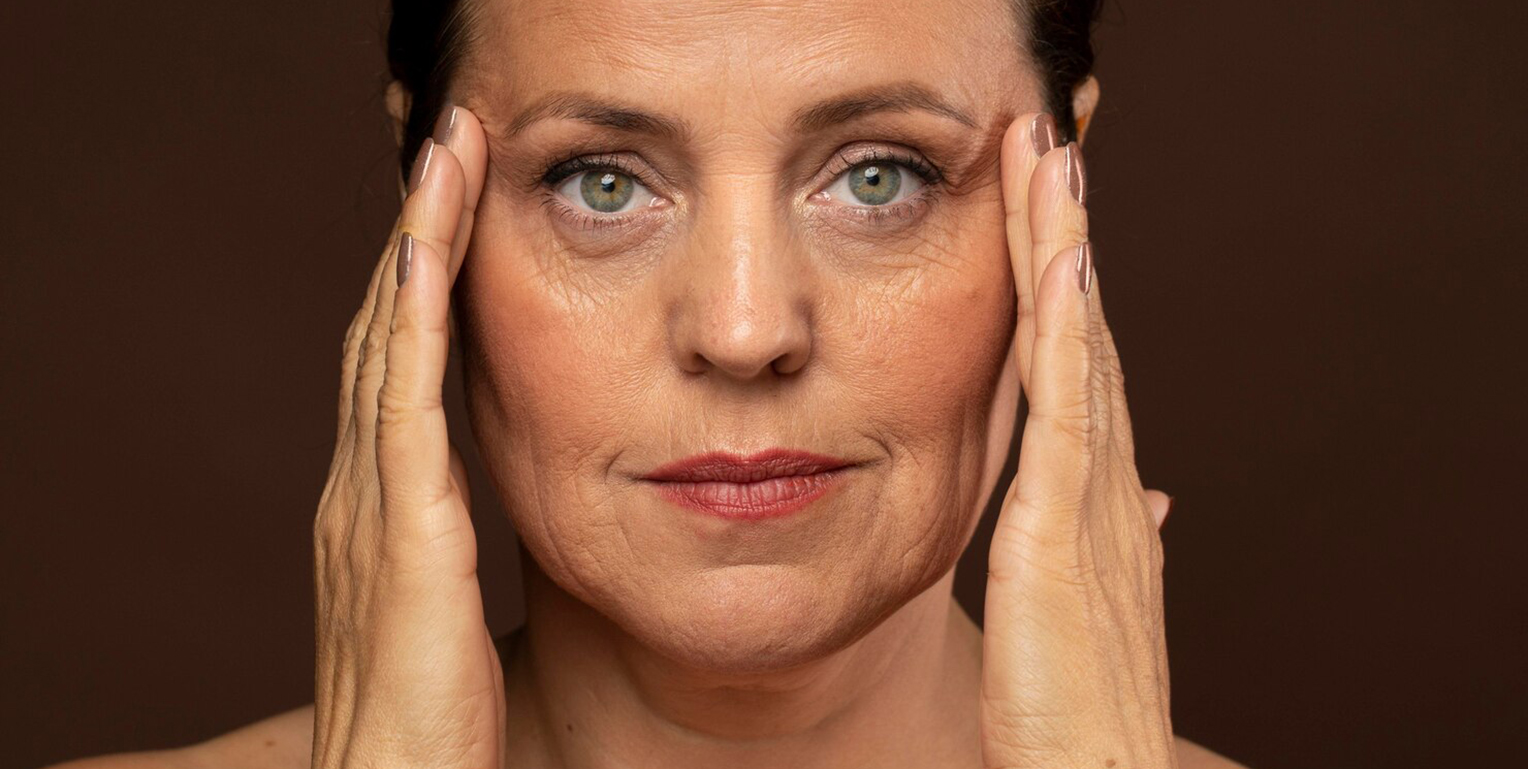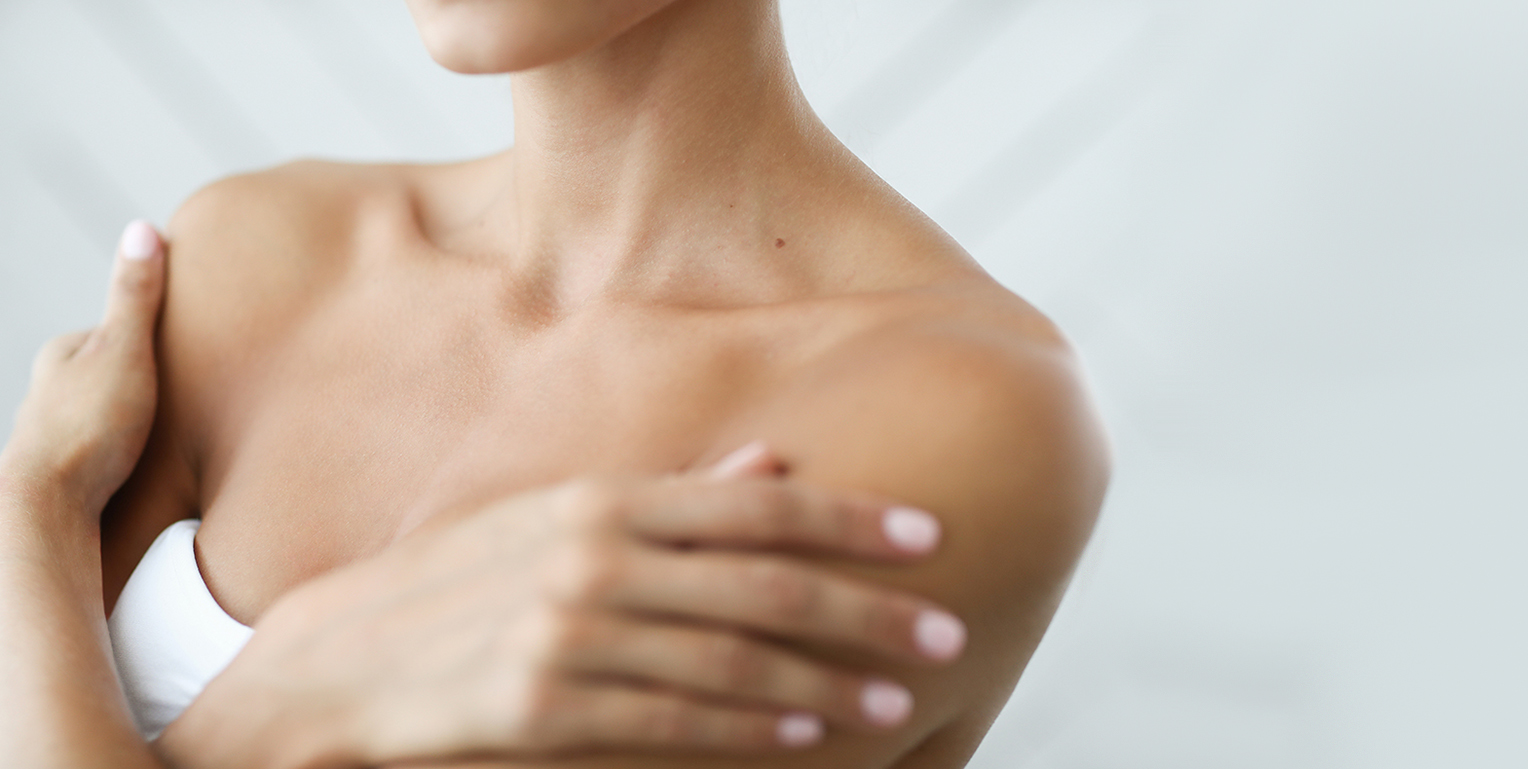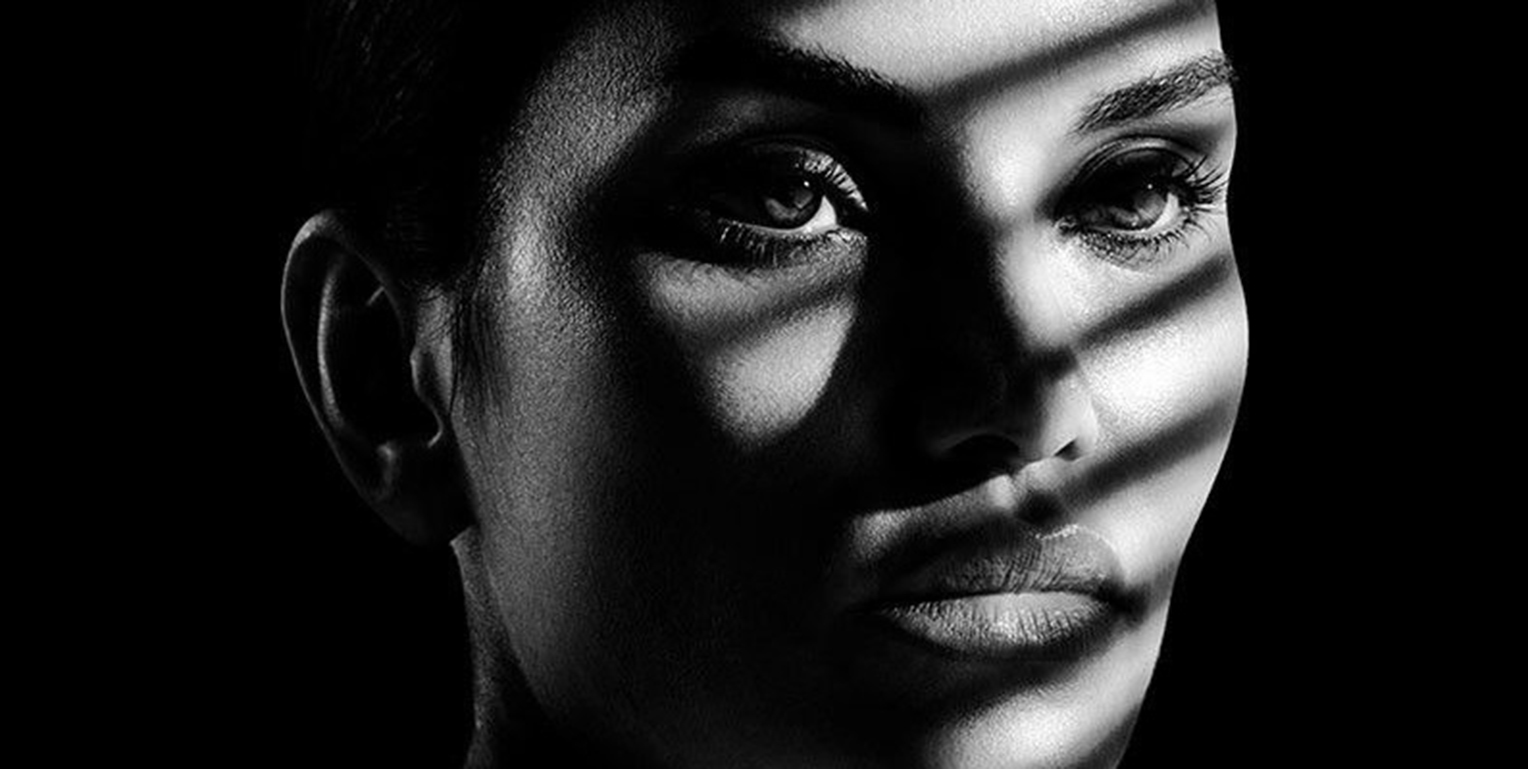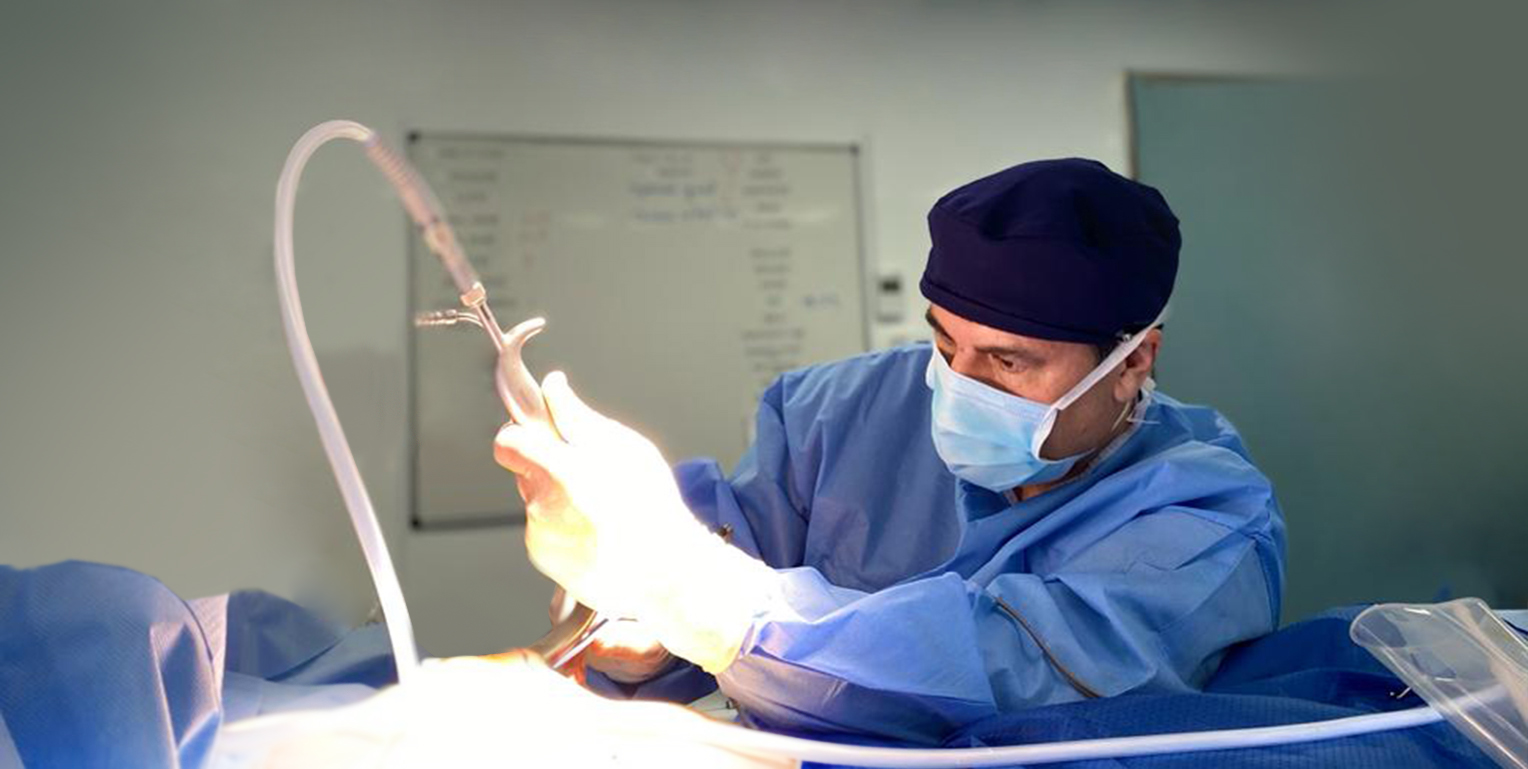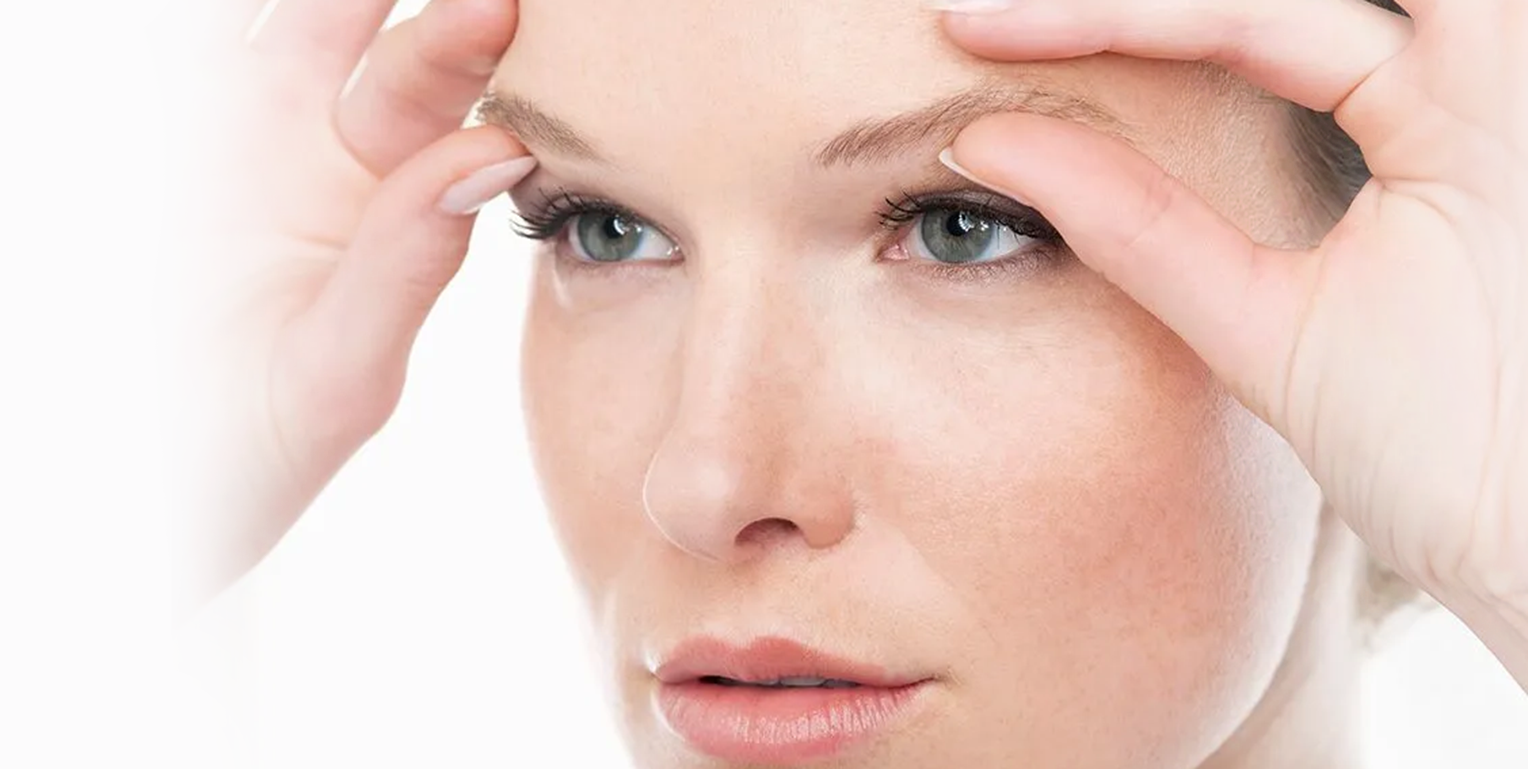Platelet Rich Plasma (PRP) Skin Rejuvenation is often more frequently known by the popular names of “Vampire” or “True Blood” Skin Rejuvenation. PRP treatment is a very advanced natural approach in anti-aging facial and body rejuvenation that uses the patient’s own blood cells. It has become a highly sought-after non-surgical procedure for facial and skin rejuvenation. PRP has a long history of being used in orthopedic medicine, dentistry and reconstructive surgery, and now its benefits are being applied to other fields of medicine such as dermatology, skin wound healing, hair restoration and facial rejuvenation.
Platelet Rich Plasma (PRP) is the concentrated part of the blood that contains the platelets which are fundamental to the body’s ability to stop any bleeding and repair damaged blood vessels and cells. Platelets contain substances known as growth factors that activate and rejuvenate cells in order to generate new tissue.
Areas that can be treated using PRP Therapy are:
- Thinning skin on the neck
- Cheeks and mid-face
- Around the eyes
- Jaw line and the neighbouring area below the jaw
- Arms
- Back of hands
- Chest and Décolletage
- Regions with acne scarring
- Regions of hair loss
- Various other areas of the body
It is possible to perform PRP Skin Rejuvenation either as a separate individual treatment or in combination with other surgical and non-surgical procedures. It can safely be combined with several other rejuvenation treatments such as Dermal Fillers or autologous fat transfer, Botox wrinkle treatment and 8 Point Facelift.
PRP also assists with encouraging faster healing and to maintaining results when used in conjunction with and after surgical procedures such as Face Lift, Neck Lift, Eyelid Surgery (Blepharoplasty) and Nose Surgery (Rhinoplasty).
PRP Therapy can also be used in the medical treatment of male and female pattern baldness. Whether it is genetic, due to stress, bad haircare or any medical condition – hair loss is a prime concern for many men and women these days. PRP can be injected into the scalp to stimulate thin hair to grow into thicker hairs. Though PRP treatment yields great results for people suffering from hair loss, it’s not for everyone.

People who have lost all hair cannot undergo this treatment as it does not help grow new hair on a bald patch. It can only make the existing thinning hair thicker by strengthening the hair follicles. It is important to start PRP hair restoration treatment early on and whether you are a suitable candidate will be determined during your consultation.
Amount of treatment sessions and the interval varies depending on the severity of the hair loss.
Who should not have PRP Therapy?
- Cancer sufferers
- Those undergoing chemotherapy treatment
- Those with a skin disease (eg. SLE, porphyria or allergies)
- Those with severe metabolic or systemic disorders
- Smokers, drug and heavy alcohol users
- Those with abnormal platelet function (ie. blood disorders)
- Those undergoing anticoagulant and antiplatelet therapy, such as those being treated with aspirin, Warfarin, Dipyridamole or Clopidogril
- Those with Sepsis (acute or chronic infection)
How PRP Treatment works
It is widely known that the platelets in the blood perform many roles. They also contain very large quantities of bio-active proteins, which themselves include important growth factors assisting with the following processes in the body:
- Blood vessel growth
- Collagen production
- Transportation of other cells to injury sites to aid healing
- Bone mineralization, resulting in healthier bones
- Cell differentiation, ensuring the stimulation of the various cells that are needed in rejuvenation are stimulated
- Extra cellular matrix formation. This is the connective tissue that holds the body together, giving it shape and form
- Tissue adhesion (notably in skin flaps, bone grafts and trauma), meaning that the tissues stick together, resulting in strength
The PRP Therapy Procedure
The PRP procedure begins with the drawing of the patient’s own blood into special blood-test tubes. These test tubes are immediately centrifuged for 5 to 8 minutes. The action of spinning the blood separates the red blood cells from the plasma, resulting in a golden yellow serum. This is the PRP. The PRP in its turn is placed in a syringe and then injected into the deep dermis or fat layer of the skin by employing very fine needles.
The procedure typically takes from 45 to 90 minutes depending upon the size of the treatment area. However. Results of the treatment will not begin to become visible for several weeks and, for optimal results, an initial course of 3 to 4 treatments for rejuvenation and 4-5 treatments for hairrestoration, at intervals of 2 to 6 weeks is advised.
Results of PRP Treatment
The proteins contained in the PRP gradually increase the formation of collagen and connective tissue, promoting tightening and overall skin rejuvenation.
Results of the treatment vary depending on the age, genetic makeup and overall health and condition of a patient’s skin. Improvement of skin tone and texture are typically noticeable within 3 weeks. Full collagen regeneration will be completed within about 3 months.
The tissue that has been regenerated and remodelled in the treatment is permanent. However the aging process can not be stopped, and as we continue to age, the problem areas will eventually reappear. For this reason, in order to maintain the results, touch-up treatments are recommended at an interval of 6 to 24 months depending upon the patient’s age and condition of skin.
Following the Procedure
PRP therapy Treatment requires almost no down time and there is no need for a stay in hospital. The following effects can be expected following the procedure:
- Minimal swelling, bruising to a varying degree and some redness lasting 12 to 24 hours. Swelling and bruising can be minimised by applying cold compresses, maintaining the head elevated, and using arnica cream.
- Some patients may experience headache.
- Some patients may feel faint.
- A bruise at the site from where the blood has been taken may be visible for 2 to 3 days.
Risks & Complications
Since the PRP is produced from the patient’s own blood, there is almost NO risk of an allergic reaction, since the treatment is totally “natural”. Furthermore, PRP contains a concentrated amount of white blood cells, which is the body’s natural defence against infections. For this reason infection is extremely rare. Secondary infection is also exceptional but does occasionally occur in exceptional cases.
The Latest From Allen Rezai M.D. Social Media
[insta-gallery id=”0″]



